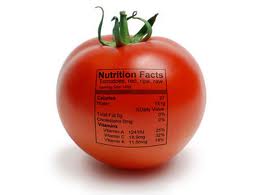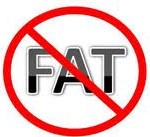Today more and more of us are becoming aware of how important what we eat is to our health and well-being. There’s lots of information about the value of healthy eating but it’s often difficult to work out how much of everything we should be eating as part of a healthy diet. This is especially true of food labelling – all the facts and figures can be very confusing and sometimes hard to understand.
In this blog Sabrina will help you to decide what would be considered a low or high amount of sugar and fat? Also, when looking at food labels what do you need to focus on – do you look at the ‘per serving’ or ‘per 100g’? So here’s the general rule thumb when looking at a food label.
Firstly, do you use ‘per serving’ or ‘per 100g’?
As a guide use the serving size when that is the amount you are going to have for the whole day, for instance, a ready meal, if it’s something you are likely to have in smaller amounts throughout the day, for instance, snacks look at the per 100g.
As for if is it healthy or not…
Sugar: Try to keep sugar intake low.
15g is high.
5g is low.
Fat: Ideally you want to keep fat intake low.
20g is high.
3g is low.
Be warned – when reading food labels there is a difference between carbohydrate and sugar. A high carbohydrate value is fine as long as the ‘amount as sugars’ value is low.




